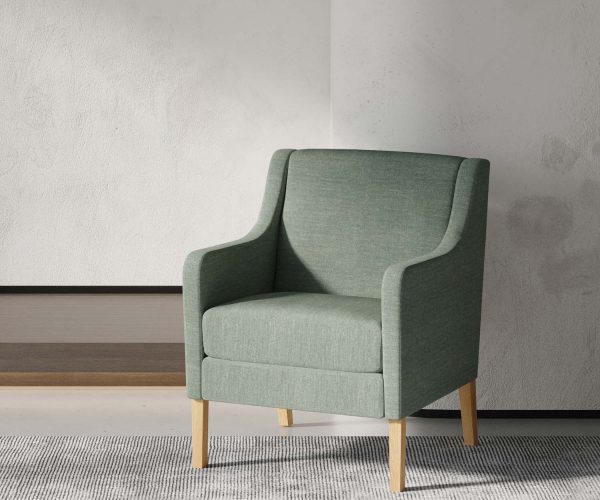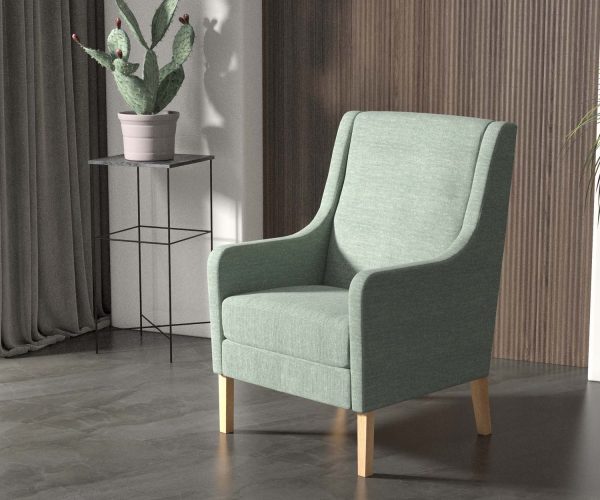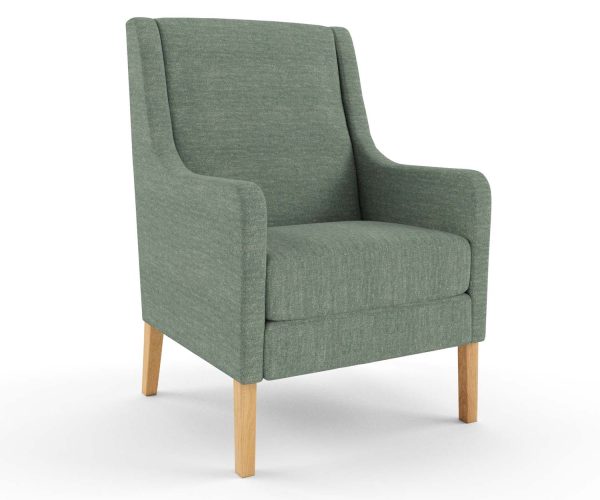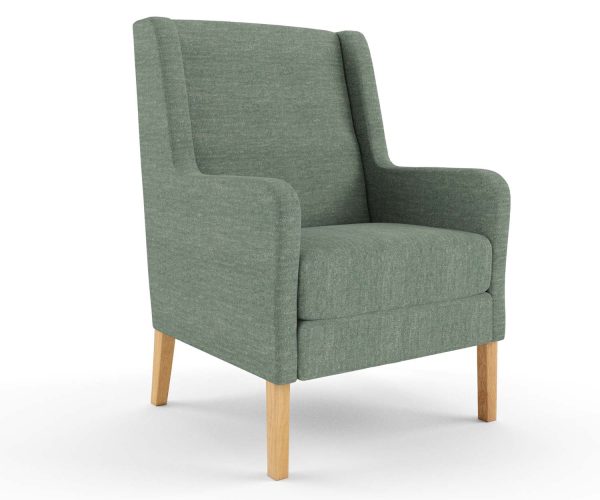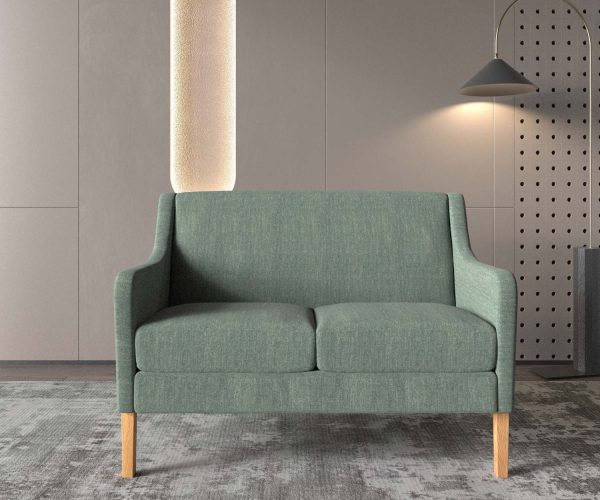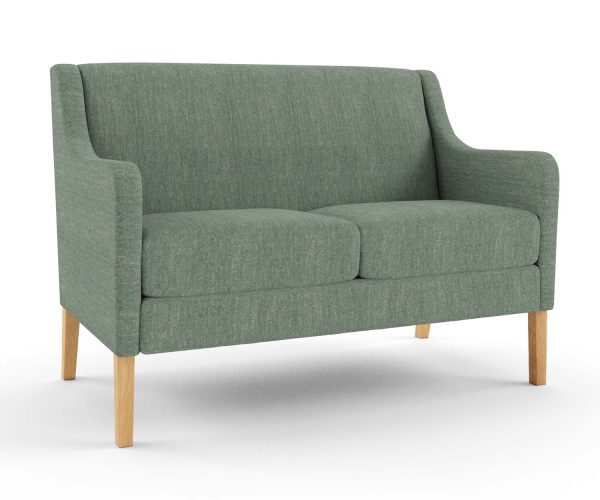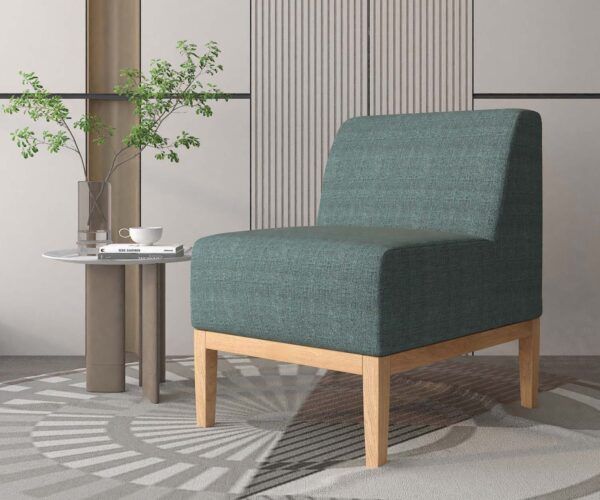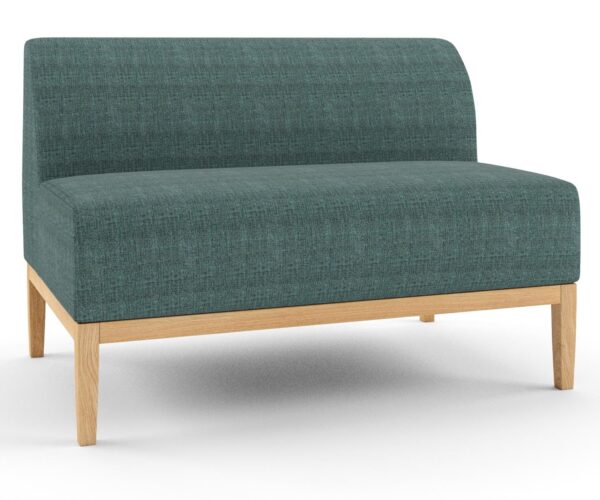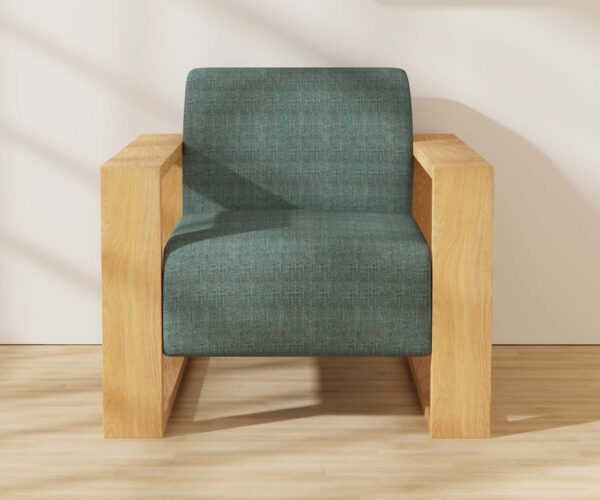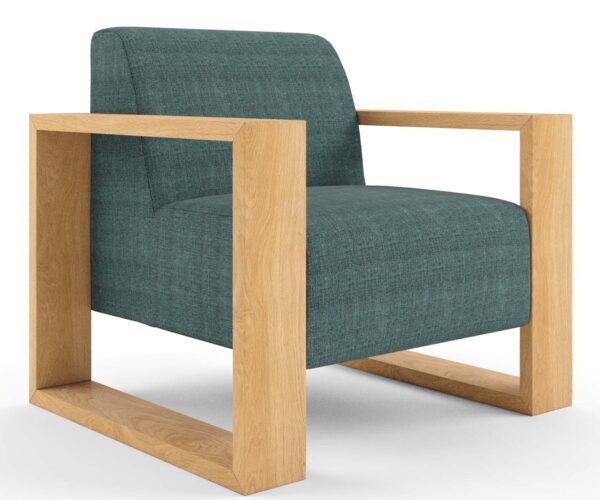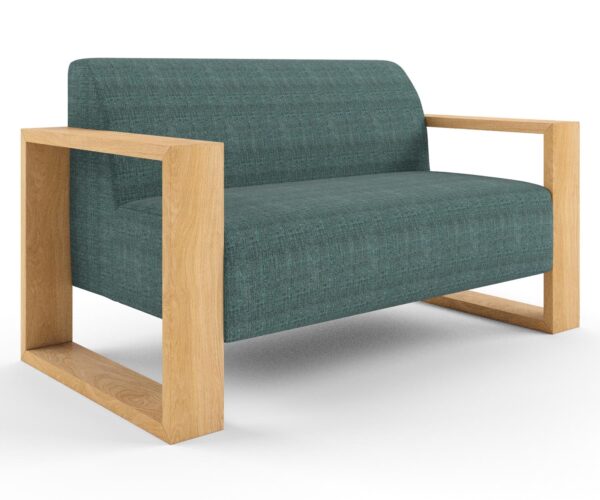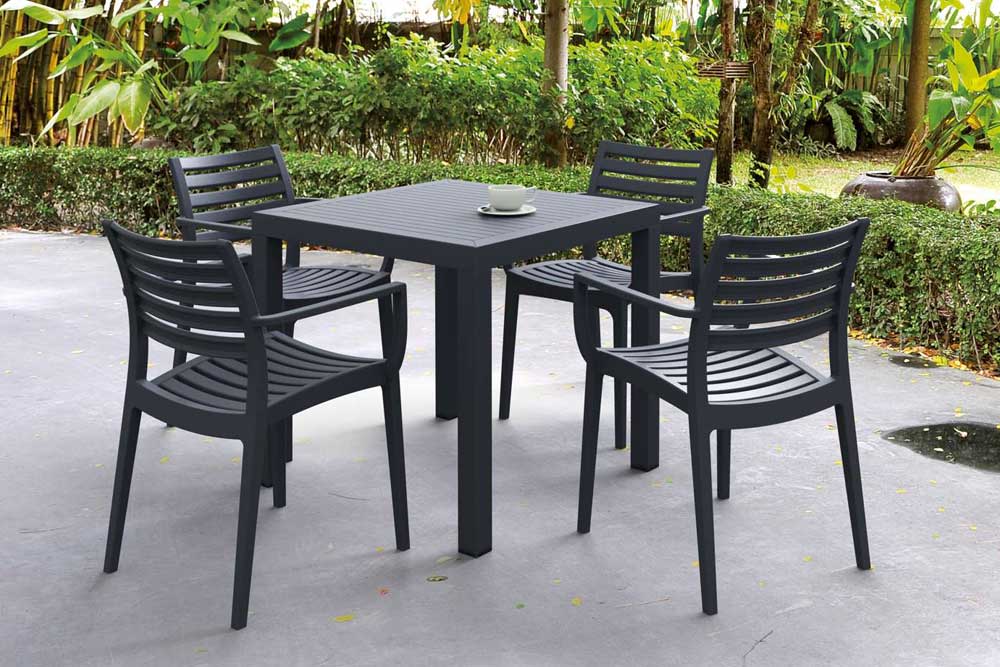Comparing Commercial Grade vs Residential Furniture: What Australian Age Care and Retirement Living Managers Need to Know

Commercial grade furniture Vs residential – what’s the difference?
When it comes to furnishing aged care or communal areas in retirement living, commercial grade furniture is a must-have.
So, what’s the deal with Commercial grade furniture Vs residential? Well, it offers several advantages that are fundamental for the comfort and safety of elderly Australians. From improved strength and durability to more specialized design features, commercial grade furniture, made by a quality Australian furniture manufacturer, has several distinct advantages compared to residential pieces…
… And the old adage ‘buy cheap, buy twice’ certainly holds true in this instance too with commercial furniture offering better long-term value. But how does commercial furniture offer better long term value compared to residential furniture?
Here are five ways commercial grade furniture differs from residential furniture in aged care and retirement living spaces.
1. Quality: Higher quality materials = less maintenance and repair costs.
Commercial grade furniture is made with higher quality materials than residential products, which means increased lifespan and durability, plus less maintenance and replacement costs over time. The materials used are specifically designed to resist wear and tear caused by everyday use in aged care facilities and retirement villages – making it an ideal choice for these environments. The cushions are often thicker for greater comfort and the upholstery fabrics are designed to be stain-resistant or even waterproof so they can stand up to everyday use very easily. Additionally, commercial grade fabrics are typically fire retardant or treated with a fire-retardant chemical solution, ensuring the safety of residents.
2. Design: Fit-for-purpose furniture for safety and comfort.
Commercial grade furniture has been designed with specialized features that make it easier for those with limited mobility or physical impairments to use safely. Most pieces include ergonomic designs that provide added support for those who need it most. For example, getting the right balance between armrests, seat heigh and seat depth to assist in sit-to-stand transitions.
Additionally, many commercial grade pieces have adjustable heights which allow them to be used by multiple people of varying heights without compromising their posture or comfort levels.
3. Strength: Stronger frames for safer furniture.
As mentioned above, commercial grade furniture is made using higher quality materials than residential pieces. This extends beyond just the upholstery but also includes the frame itself which is often made from heavier gauge metal or thicker, high-quality timber that can withstand more weight, making it sturdier and safer than standard residential furniture.
4. Cleanliness: Reduce the spread of germs, keeping residents safer.
Quality commercial grade furniture will come with antimicrobial coatings applied directly to the surface of frames and upholstery fabric during manufacturing. This helps reduce the spread of germs within a facility. Conversely, most residential furniture pieces won’t have built-in protection against bacteria growth, nor will they have the protection from stains or bodily fluids that comes with the use of high-performance commercial grade upholstery fabrics – another essential feature in any facility providing long-term care solutions for its residents.
5. Maintenance: Withstand more use while still looking good.
Commercial grade products require less maintenance than their residential counterparts due to their superior construction quality – they often come pre-treated with protective chemicals that help repel dirt and dust while preventing stains from spills or other liquid sources on contact.
Additionally, many of these pieces can easily be wiped down using just water instead of harsh cleaning agents which both saves time and effort while also protecting upholstery fabrics from damage over time due to regular scrubbing sessions.
When selecting furniture for aged care facilities and retirement villages, it’s important to invest in commercial grade pieces instead of standard residential ones to ensure maximum comfort and safety of those who use it. Thanks to their superior construction quality, antimicrobial coatings, strength and durability features, easy maintenance requirements and specialized design elements – commercial furniture is the most suitable option when considering furnishings for any space dedicated to providing long-term care solutions for elderly Australians.
And remember, when investing in commercial furniture, it’s important to remember that opting for lower cost solutions may end up costing you more in the long run. Cheaper materials will require higher maintenance to keep them functional and looking good, whereas high quality pieces will be able to withstand a great deal of use while still looking their best.
FAQs About the Difference Between Commercial Grade and Residential Furniture
What distinguishes commercial-grade furniture from residential furniture?
Commercial-grade furniture is designed and manufactured for use in commercial spaces such as offices, hotels, and restaurants, emphasizing durability and functionality. Residential furniture, on the other hand, is intended for personal homes and tends to prioritize aesthetics and comfort.
How does the construction of commercial-grade furniture differ from residential furniture?
Commercial-grade furniture often features reinforced construction using durable materials to withstand frequent use. Residential furniture may prioritize style and comfort but may not be as robust since it typically doesn’t endure the same level of wear and tear.
Are there specific safety standards that commercial-grade furniture must meet?
Yes, commercial-grade furniture is often subject to stricter safety standards and regulations to ensure it can withstand heavy use and adhere to workplace safety requirements. This may include fire resistance, stability, and durability testing.
Can residential furniture be used in commercial spaces, and vice versa?
While it’s possible, it’s not always advisable. Commercial-grade furniture is engineered for the demands of high-traffic areas, making it more suitable for commercial spaces. Residential furniture may not withstand the same level of use and may require replacement sooner in a commercial setting.
How do warranty and lifespan differ between commercial and residential furniture?
Commercial-grade furniture typically comes with longer warranties, reflecting its durability and suitability for high-traffic environments. Residential furniture warranties may be shorter, as they are designed for less frequent use.
Does the design aesthetic differ between commercial and residential furniture?
It depends on whether or not your commercial furniture manufacturer offers custom furniture. Sometimes commercial-grade furniture can have a more neutral and versatile design to fit a variety of professional settings. Residential furniture may have a broader range of styles, catering to personal tastes and interior design preferences.
Can commercial-grade furniture be more expensive than residential furniture?
Yes, commercial-grade furniture can be more expensive due to its durable materials, construction, and adherence to safety standards. Residential furniture may focus more on affordability and design, which can impact the overall cost.
Are there specific considerations when choosing furniture for a home office?
Yes, when selecting furniture for a home office, individuals may consider factors such as comfort, style, and personal preferences, making residential furniture a common choice. However, if the home office receives frequent client visits, incorporating some commercial-grade elements for durability may be beneficial.
Can residential furniture offer the same level of comfort as commercial-grade furniture?
Residential furniture is often designed with comfort as a top priority, providing plush seating and stylish designs. Commercial-grade furniture may prioritize ergonomic features for long-term use but may not always have the same level of coziness.
Are there environmental considerations when choosing between commercial and residential furniture?
Both types of furniture may have environmentally friendly options. However, some commercial-grade furniture lines may focus on sustainable materials and production processes to align with corporate environmental initiatives. It’s important to check the sustainability features of specific products within each category.
Living room furniture designed for aged care and retirement living residents
More News
Comparing Commercial Grade vs Residential Furniture: What Australian Age Care and Retirement Living Managers Need to Know

Commercial grade furniture Vs residential – what’s the difference?
When it comes to furnishing aged care or communal areas in retirement living, commercial grade furniture is a must-have.
So, what’s the deal with Commercial grade furniture Vs residential? Well, it offers several advantages that are fundamental for the comfort and safety of elderly Australians. From improved strength and durability to more specialized design features, commercial grade furniture, made by a quality Australian furniture manufacturer, has several distinct advantages compared to residential pieces…
… And the old adage ‘buy cheap, buy twice’ certainly holds true in this instance too with commercial furniture offering better long-term value. But how does commercial furniture offer better long term value compared to residential furniture?
Here are five ways commercial grade furniture differs from residential furniture in aged care and retirement living spaces.
1. Quality: Higher quality materials = less maintenance and repair costs.
Commercial grade furniture is made with higher quality materials than residential products, which means increased lifespan and durability, plus less maintenance and replacement costs over time. The materials used are specifically designed to resist wear and tear caused by everyday use in aged care facilities and retirement villages – making it an ideal choice for these environments. The cushions are often thicker for greater comfort and the upholstery fabrics are designed to be stain-resistant or even waterproof so they can stand up to everyday use very easily. Additionally, commercial grade fabrics are typically fire retardant or treated with a fire-retardant chemical solution, ensuring the safety of residents.
2. Design: Fit-for-purpose furniture for safety and comfort.
Commercial grade furniture has been designed with specialized features that make it easier for those with limited mobility or physical impairments to use safely. Most pieces include ergonomic designs that provide added support for those who need it most. For example, getting the right balance between armrests, seat heigh and seat depth to assist in sit-to-stand transitions.
Additionally, many commercial grade pieces have adjustable heights which allow them to be used by multiple people of varying heights without compromising their posture or comfort levels.
3. Strength: Stronger frames for safer furniture.
As mentioned above, commercial grade furniture is made using higher quality materials than residential pieces. This extends beyond just the upholstery but also includes the frame itself which is often made from heavier gauge metal or thicker, high-quality timber that can withstand more weight, making it sturdier and safer than standard residential furniture.
4. Cleanliness: Reduce the spread of germs, keeping residents safer.
Quality commercial grade furniture will come with antimicrobial coatings applied directly to the surface of frames and upholstery fabric during manufacturing. This helps reduce the spread of germs within a facility. Conversely, most residential furniture pieces won’t have built-in protection against bacteria growth, nor will they have the protection from stains or bodily fluids that comes with the use of high-performance commercial grade upholstery fabrics – another essential feature in any facility providing long-term care solutions for its residents.
5. Maintenance: Withstand more use while still looking good.
Commercial grade products require less maintenance than their residential counterparts due to their superior construction quality – they often come pre-treated with protective chemicals that help repel dirt and dust while preventing stains from spills or other liquid sources on contact.
Additionally, many of these pieces can easily be wiped down using just water instead of harsh cleaning agents which both saves time and effort while also protecting upholstery fabrics from damage over time due to regular scrubbing sessions.
When selecting furniture for aged care facilities and retirement villages, it’s important to invest in commercial grade pieces instead of standard residential ones to ensure maximum comfort and safety of those who use it. Thanks to their superior construction quality, antimicrobial coatings, strength and durability features, easy maintenance requirements and specialized design elements – commercial furniture is the most suitable option when considering furnishings for any space dedicated to providing long-term care solutions for elderly Australians.
And remember, when investing in commercial furniture, it’s important to remember that opting for lower cost solutions may end up costing you more in the long run. Cheaper materials will require higher maintenance to keep them functional and looking good, whereas high quality pieces will be able to withstand a great deal of use while still looking their best.
FAQs About the Difference Between Commercial Grade and Residential Furniture
What distinguishes commercial-grade furniture from residential furniture?
Commercial-grade furniture is designed and manufactured for use in commercial spaces such as offices, hotels, and restaurants, emphasizing durability and functionality. Residential furniture, on the other hand, is intended for personal homes and tends to prioritize aesthetics and comfort.
How does the construction of commercial-grade furniture differ from residential furniture?
Commercial-grade furniture often features reinforced construction using durable materials to withstand frequent use. Residential furniture may prioritize style and comfort but may not be as robust since it typically doesn’t endure the same level of wear and tear.
Are there specific safety standards that commercial-grade furniture must meet?
Yes, commercial-grade furniture is often subject to stricter safety standards and regulations to ensure it can withstand heavy use and adhere to workplace safety requirements. This may include fire resistance, stability, and durability testing.
Can residential furniture be used in commercial spaces, and vice versa?
While it’s possible, it’s not always advisable. Commercial-grade furniture is engineered for the demands of high-traffic areas, making it more suitable for commercial spaces. Residential furniture may not withstand the same level of use and may require replacement sooner in a commercial setting.
How do warranty and lifespan differ between commercial and residential furniture?
Commercial-grade furniture typically comes with longer warranties, reflecting its durability and suitability for high-traffic environments. Residential furniture warranties may be shorter, as they are designed for less frequent use.
Does the design aesthetic differ between commercial and residential furniture?
It depends on whether or not your commercial furniture manufacturer offers custom furniture. Sometimes commercial-grade furniture can have a more neutral and versatile design to fit a variety of professional settings. Residential furniture may have a broader range of styles, catering to personal tastes and interior design preferences.
Can commercial-grade furniture be more expensive than residential furniture?
Yes, commercial-grade furniture can be more expensive due to its durable materials, construction, and adherence to safety standards. Residential furniture may focus more on affordability and design, which can impact the overall cost.
Are there specific considerations when choosing furniture for a home office?
Yes, when selecting furniture for a home office, individuals may consider factors such as comfort, style, and personal preferences, making residential furniture a common choice. However, if the home office receives frequent client visits, incorporating some commercial-grade elements for durability may be beneficial.
Can residential furniture offer the same level of comfort as commercial-grade furniture?
Residential furniture is often designed with comfort as a top priority, providing plush seating and stylish designs. Commercial-grade furniture may prioritize ergonomic features for long-term use but may not always have the same level of coziness.
Are there environmental considerations when choosing between commercial and residential furniture?
Both types of furniture may have environmentally friendly options. However, some commercial-grade furniture lines may focus on sustainable materials and production processes to align with corporate environmental initiatives. It’s important to check the sustainability features of specific products within each category.
Living room furniture designed for aged care and retirement living residents
Commercial furniture by room
Based in Brisbane, we’re an Australian manufacturer of aged care furniture, retirement living furniture, hospital & healthcare furniture, hotel & accommodation furniture and student accommodation furniture. We also supply a range of commercial office furniture.
Discover the FHG Look Book: Your Source of Inspiration for Quality Australian-Made Commercial Furniture
- Quality Craftsmanship: See why we’ve been a trusted partner for over 25 years.
- Local Excellence: Learn how our Brisbane team ensures the highest standards.
- Inspiration and Ideas: Find innovative furniture solutions for any environment.
Don’t miss the opportunity to transform your commercial space with FHG’s expertly crafted furniture. Download the FHG Look Book today and start your journey towards exceptional design and quality.

